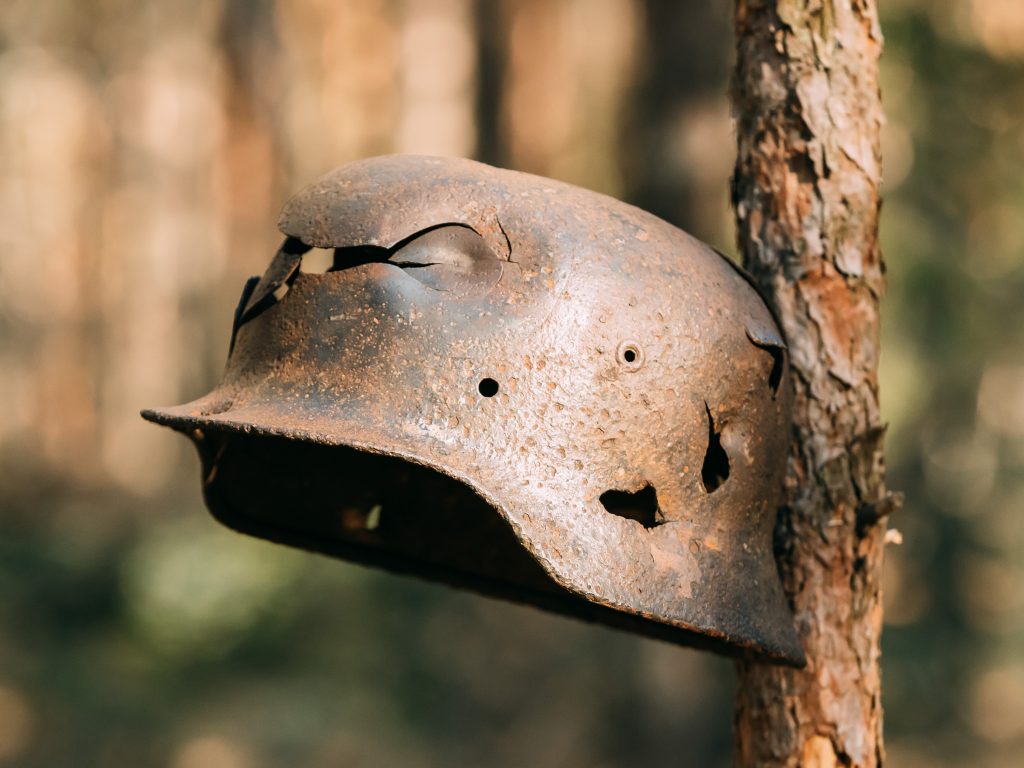
Introduction
Historical research can be conducted with the aim of answering a wide range of social research questions.
It is a systematic process of describing; analyzing and interpreting; and comparing the past.
The past can, of course, also be compared to the present.
It is based on information from selected sources as they relate to the topic under study.
Descriptive research
When conducted with description in mind, historical research attempts to construct a map of the past.
It can also describe a developmental trajectory of events, for example an educational system, political developments, community growth or deterioration, etc.
It involves locating events in time and place and requires sensitivity towards understanding the context within which an event took place or developed over time.
Historical research used for descriptive purposes also establishes background information about events.
Trajectories of development are plotted, and it may or may not try to explain how or why events occurred.
Analytical and critical research
In analytical research, relationships between factors or events are critically interrogated within the context in which they occurred with the aim of exploring the possible causes and impact of the factors or events.
It requires critical, analytical scrutiny of documents and a process of cross-checking records and reports about incidents.
It aims to impact on decision-making and policy formulation.
When conducting historical research, you might need to search for successes or mistakes from the past in order for a society or even an individual to avoid repeating mistakes made by others and to capitalise on the successes of the more fortunate or wiser.
The process of analytical research is complicated by the fact that there is seldom just one cause of an event.
You can never be certain if you did not omit the consideration of other important factors or events.
All sources of information should, therefore, be subjected to evaluation through processes known as external and internal criticism.
External criticism refers to the authenticity of the information.
For example, is the document that you are evaluating real or fake?
Internal criticism refers to whether the information is credible.
You need to determine if the information is consistent and accurate.
Rigour and sound analytical critique of sources lend considerable validity and reliability to the findings and conclusions reached.
Inferences about intent, motive, and character are common, with the understanding of appropriateness to the context of the time period.
Comparative research
Comparative historical research is much wider in scope than other historical research designs because the units of analysis are often whole societies or systems within societies.
It implies systematic research for similarities and differences between the cases under consideration.
Comparative researchers usually base their research on secondary sources, such as policy papers, historical documents of official statistics, etc.
Some degree of interviewing and observation can also be involved.
Historical comparative researchers generally prefer first-hand accounts, written by people who witnessed something personally, rather than documents derived from other secondary sources.
These researchers need to verify two important aspects regarding documents:
The validity of the documents’ content and its authenticity.
The content of a document is valid when it is not distorted, exaggerated or false.
Validity can be checked is by making use of triangulation or any other form of corroboration.
Additional sources of information can be other, similar books, alternative documents, certification, living witnesses, demonstrations by the individual who claims authenticity, traces of validating substances, etc.
Authenticity refers to whether a document is a forgery.
Historical research can adopt paradigmatic approaches such as constructivism, critical race theory, empiricism, and post-colonialism.
Sources of data
Broadly speaking there are four types of historical evidence that you can use – primary sources, secondary sources, running records, and recollections.
Customarily, researchers rely on primary sources.
That is, the original source texts, also called archival data.
Archival data are mostly kept in museums, archives, libraries or private collections.
Emphasis is given to the written word on paper, although modern histiography can involve any medium.
Substantial historical data is already captured electronically.
The internet is already a popular source of information, even though authenticity and accuracy are difficult to confirm.
Secondary sources are the work of other researchers writing about the issue being studied.
In its widest sense, a document simply means anything that contains text.
Official reports, records from schools, hospitals and courts of law, films, photographs, reports from journals, magazines, newspapers, letters, diaries, emails, and even graffiti scrawled on a wall are all examples of documents.
Running records are documentaries maintained by organisations.
For example, minutes of meetings, records of events, commentaries about events, war diaries, etc.
Recollections include autobiographies, memoirs, and oral relay of historical information.
Summary
Historical research answers a wide range of social questions.
It can be used to describe, analyze or interpret the past.
People can learn from historical events if it is accurately and objectively communicated.
Both mistakes and successes from the past can provide lessons to learn.
Analytical research attempts to provide the basis for understanding the past by exploring past trends and applying these to current events and trends.
Analytical research is complicated by the fact that successes and mistakes are mostly attributable to many variables.
Accuracy, authenticity, and validity of data can be achieved through external and internal criticism.
Historical research makes use of four types of evidence – primary sources, secondary sources, running records, and recollections.
